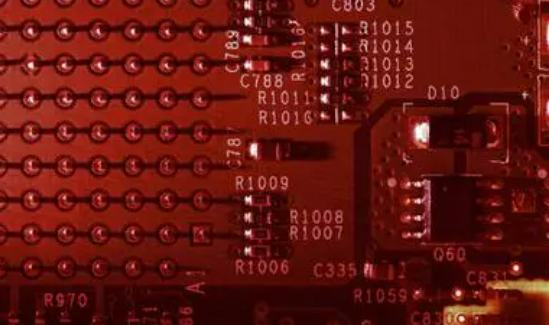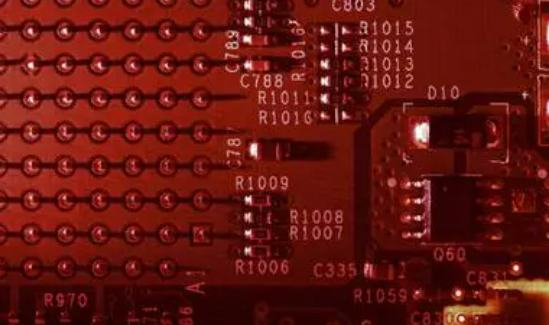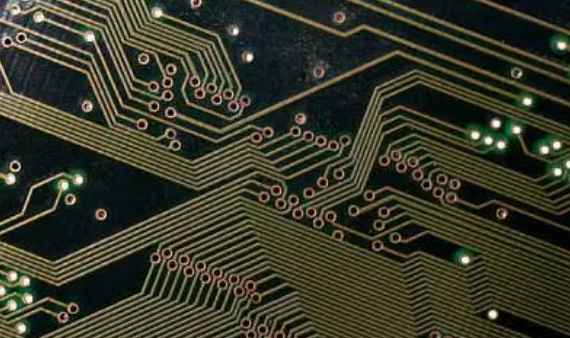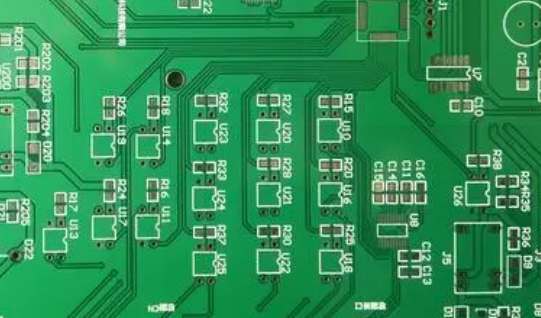
There are many kinds of surface treatment of the circuit board. PCB proofing personnel should choose according to the performance and requirements of the board. The following is a simple analysis of the advantages and disadvantages of various surface treatment of PCB for reference!
1 HASL Hot Air Leveling (we often say tin spray)
Tin spraying was a common treatment in the early days of PCBS. It is now divided into lead spray tin and lead-free spray tin.
Advantages of spray tin:
--> Long storage time
--> After the PCB is finished, the copper surface is completely wet (completely covered with tin before welding).
--> Suitable for lead-free welding
--> Process maturity
--> Low cost
--> Suitable for visual inspection and electrical measurement
The weakness of the tin spray:
--> Not suitable for wire binding; Due to surface smoothness, there are also limitations on SMT; Not suitable for contact switch design.
--> The copper dissolves when the tin is sprayed and the board is subjected to a high temperature.
--> Especially thick or thin plate, spray tin has limitations, production operation is not convenient.
2 OSP (Organic Protective Film)
Advantages of OSPs:
--> Simple process, very flat surface, suitable for lead-free welding and SMT.
--> Easy to rework, convenient production operation, suitable for horizontal line operation.
--> Suitable for multiple processing on the board (e.g. OSP+ENIG)
--> Low cost and environmentally friendly.

OSP weaknesses:
--> Limit the number of reflow welding (multiple thick welding, the film will be damaged, basically 2 times no problem)
--> Not suitable for crimp technique, wire binding.
--> Visual detection and electrical detection are not convenient.
--> N2 gas protection is required for SMT.
--> SMT rework is not suitable.
--> High storage requirements.
3 Chemical silver
Chemical silver is a better surface treatment process.
Advantages of chemical silver:
--> Simple process, suitable for lead - free welding, SMT.
--> Very flat surface
--> Suitable for very fine wiring.
--> Low cost.
The weaknesses of chemical silver:
--> High storage requirements, easy to pollute.
--> Welding strength is prone to problems (micro-cavity problem).
--> It is easy to have electromigration phenomenon and Giovanni bite phenomenon of copper under welding resistance film.
--> Electrical measurement is also a problem
4 Chemical tin
Chemical tin is the most copper-tin displacement reaction.
Advantages of chemical tin:
--> Suitable for horizontal line production.
--> Suitable for fine line treatment, suitable for lead-free welding, especially suitable for crimping technology.
--> Very smooth, suitable for SMT.
Weakness of chemical tin:
--> Good storage conditions are required, preferably no longer than 6 months, to control tin whisker growth.
--> Not suitable for contact switch design
--> The production process requires relatively high welding resistance film technology, otherwise it will cause the welding resistance film to fall off.
--> Multiple welding, the best N2 gas protection.
--> Electrical measurement is also a problem.
5 Chemical Nickel gold (ENIG)
Nickel gold is a kind of surface treatment technology with large application. Remember: nickel layer is nickel phosphorus alloy layer, which is divided into high phosphorus nickel and middle phosphorus nickel according to phosphorus content. The application is not the same.
The advantages of nickel gold:
--> Suitable for lead-free welding.
--> The surface is very flat and suitable for SMT.
--> Nickel gold can also be applied through holes.
--> Long storage time, storage conditions are not harsh.
--> Suitable for electrical testing.
--> Suitable for switch contact design.
--> Suitable for aluminum wire binding, suitable for thick plate, strong resistance to environmental attack.
6 Electroplating nickel gold
Nickel-plated gold is divided into "hard gold" and "soft gold", with hard gold (e.g., gold-cobalt alloy) commonly used on gold fingers (contact connection design) and soft gold being pure gold. Electroplating nickel gold in IC carrier plate (such as PBGA) more applications, mainly applicable to gold wire and copper wire binding, but loaded IC plate plating is suitable, binding gold finger area needs to do additional conductive wire out to plating.
Advantages of electroplating nickel gold:
--> Longer storage time 12 months.
--> Suitable for contact switch design and gold wire binding.
--> Suitable for electrical testing
The weakness of nickel gold plating:
--> Higher cost, gold is thicker.
--> Electrogilding fingers requires additional design line conduction.
--> Because the thickness of gold is not always, when applied in welding, it may cause the solder joint embrittlement because the gold is too thick, affecting the strength.
--> Electroplating surface uniformity problem.
--> The plating of nickel gold does not cover the edge of the wire.
--> Not suitable for aluminum wire binding.
7 Nickel Palladium (ENEPIG)
Nickel-palladium is now being used in PCBS, having previously been used more in semiconductors. Suitable for binding with gold and aluminum wire.
Advantages of nickel palladium:
--> Applied on IC carrier board, suitable for gold wire binding, aluminum wire binding. Suitable for lead-free welding.
--> Compared with ENIG, there is no nickel corrosion (black disk) problem; Cost is cheaper than ENIG and electronickel gold.
--> Long storage time.
--> Suitable for a variety of surface treatment processes and exist on the plate.
The weakness of nickel palladium:
--> The process is complicated. Difficult to control.
--> Short history of application in PCB field.









